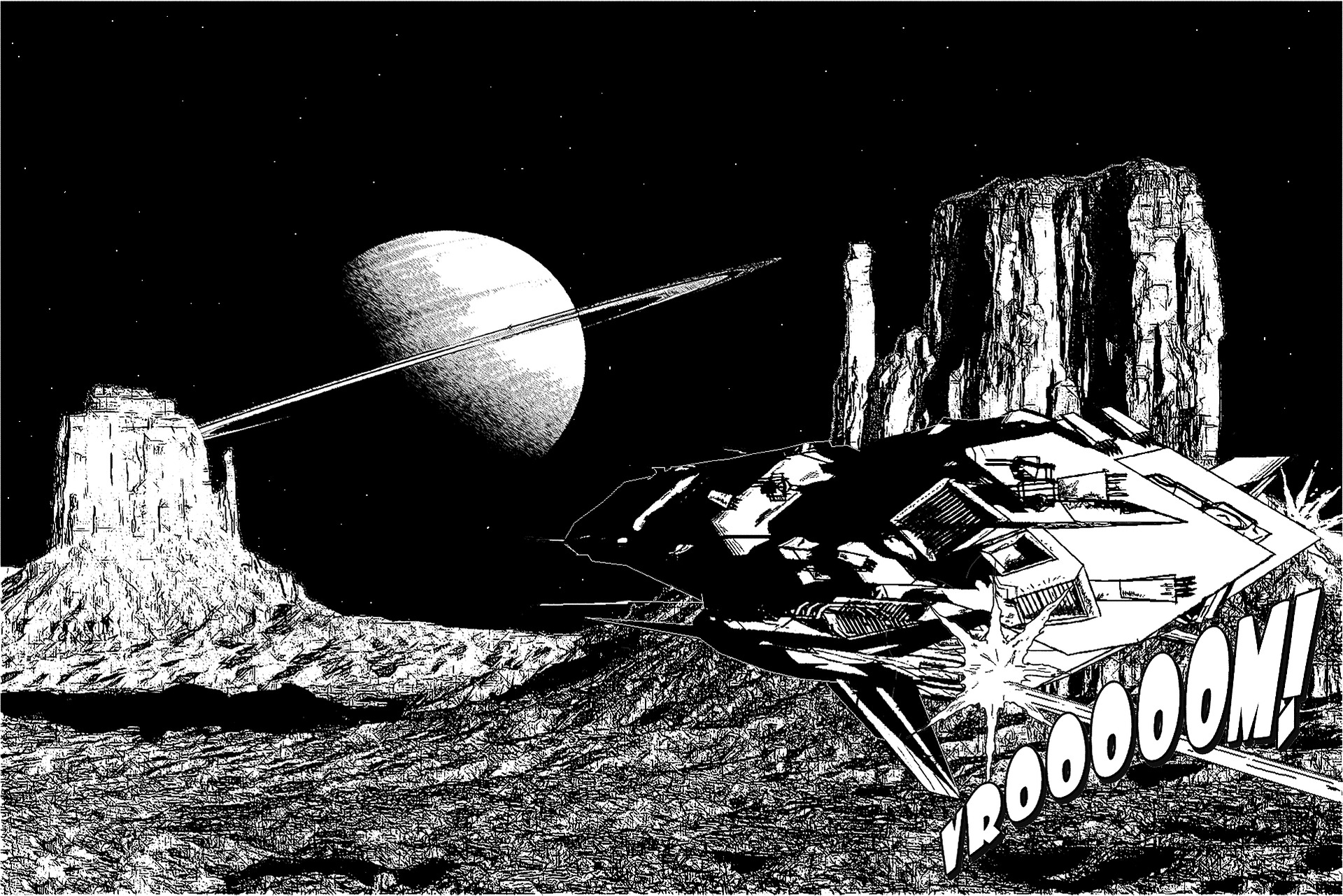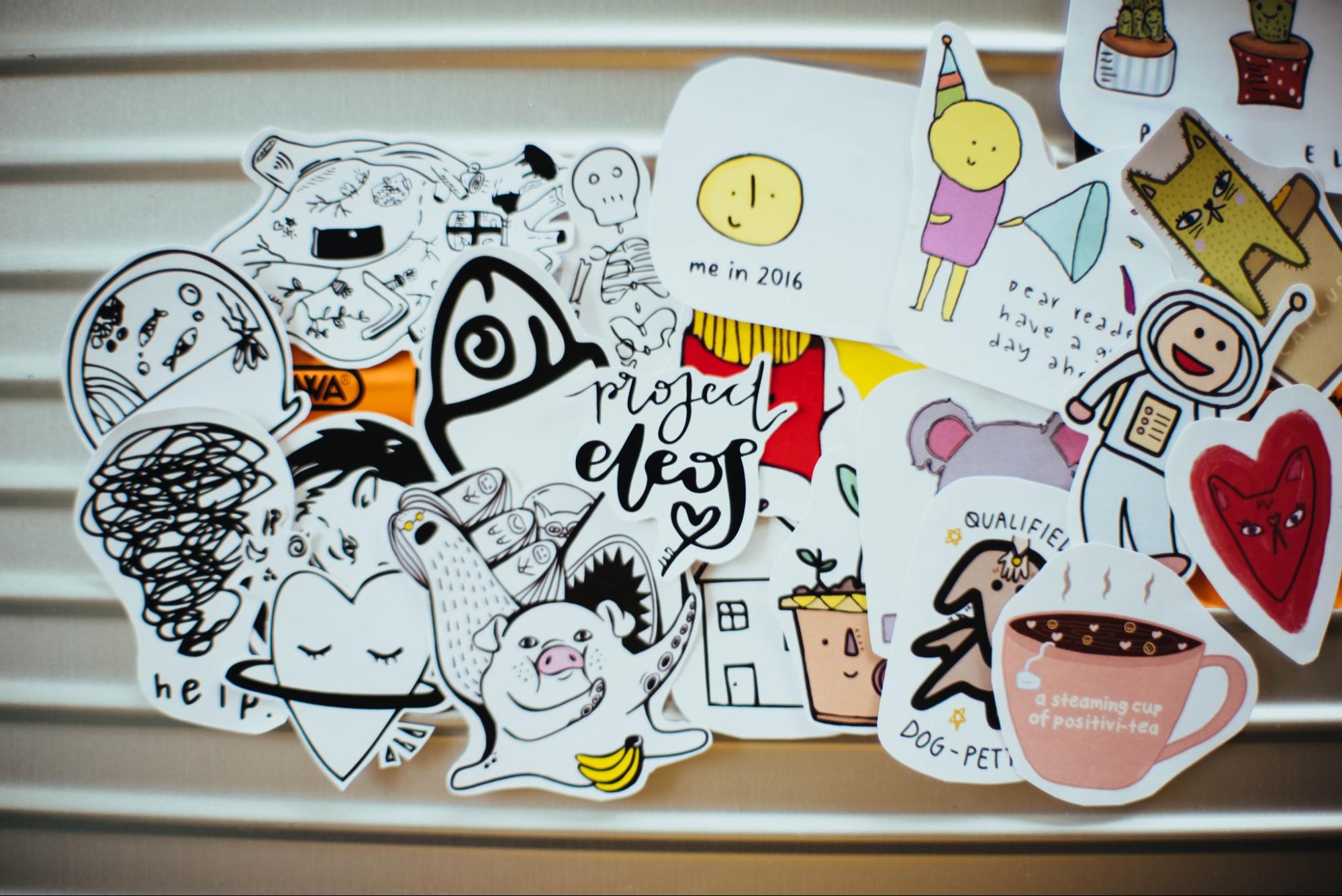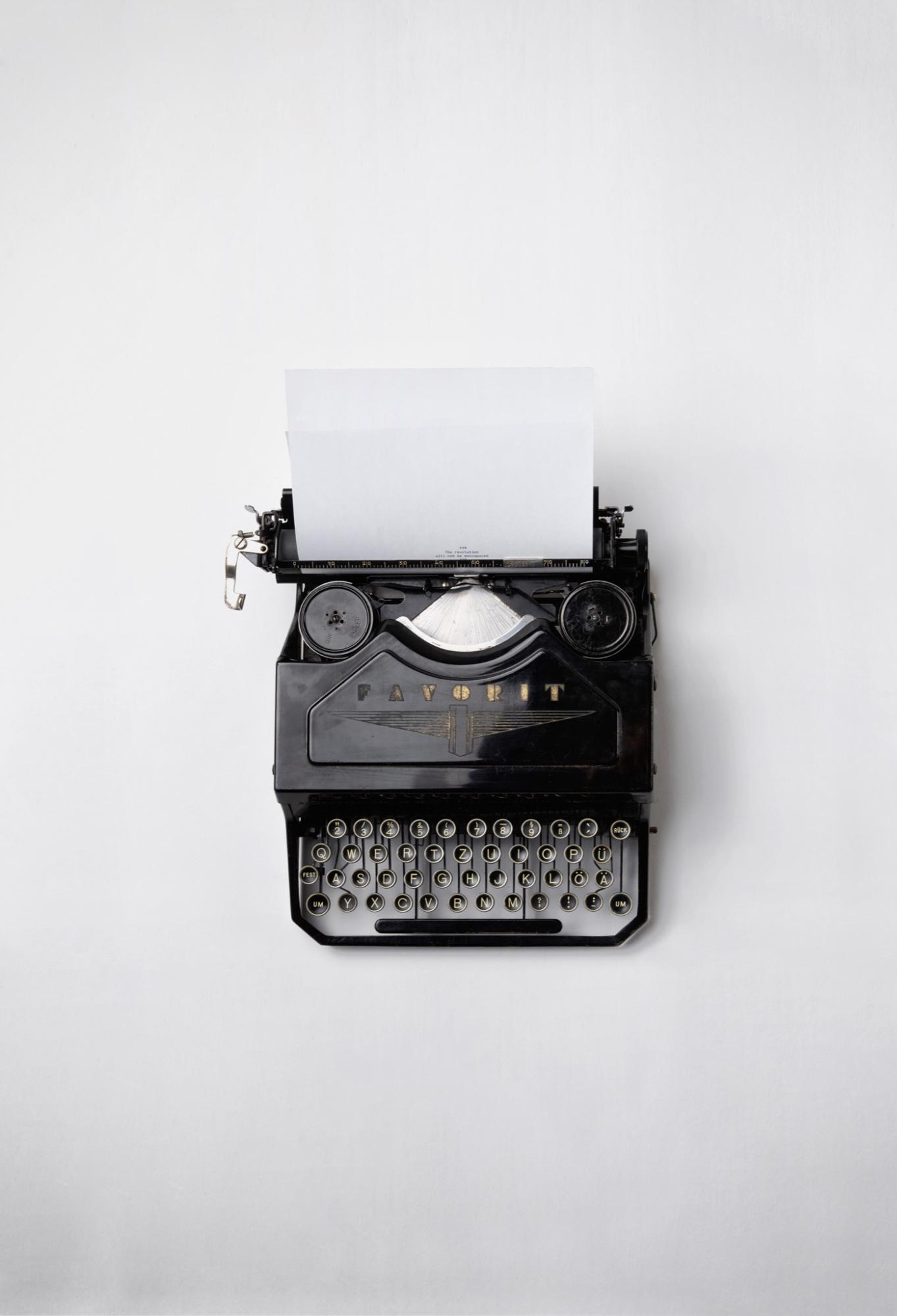How to Create a Graphic Novel [Graphic Novel History Included]

Wherever you turn, there is a graphic novel sparking joy for someone. They have become so loved by young or old audiences that it’s been a while since they moved out of fiction and penetrated most of the publishing domains available.
They have opened the door to a time where writer/ illustrator storytelling duos are becoming the lead vocals of this publishing age. First of all, let us investigate the definition of the graphic novel.
Table of Contents
What Is a Graphic Novel?
Essentially what differentiates a graphic novel book from novels as we know them is the fact that their storyline is presented visually as a series of illustrations created either by the author himself or in tandem with a gifted illustrator.
Initially, graphic novels started as fictional works, but now this is no longer the case. They have long updated their definition and now range from imaginary to non-fictional, stretching that initial graphic novel template. Visual means of presenting information have taken up speed, and graphics seem more accessible for the reader to grasp.
Are you looking to read the history of humankind in shorter phrases and with a visual walk-through? Yes, we have one. Or several. Are you curious about Audubon’s travels and discoveries? Yes, we can help. Are you looking for a personal account of the changes in Iran? There is a novel for you. In fact, there seems to be a graphic tale about many things: historical accounts, concise guides to essential topics, and very clear points on very stuffy subjects. Perfect for life on the go. These are just a few graphic novel examples.

What Are Some Main Graphic Novel Attributes?
With graphic novels, it is easier to relate. It shows you things you cannot just construct in your imagination.
It allows us to explain concepts that feel more complicated to specific audiences (young readers or teens, they have your back!).
It can speak of burdens that are difficult to put into words, like in the enchanting novels of Fanny Brit, beautifully illustrated by Isabelle Arsenault.
Graphic novels are also versatile. They can transform into beautiful animations that offer new insights and value to events, characters, and feelings one experiences at certain times.
They add perspective and atmosphere to writing. In the hands of an experimented illustrator, writers gain new strength and reach a new profoundness.
A Bit of Graphic Novel History
Graphic novels are nothing new. They are, in certain aspects, very close to the comic book press, a genre that took the 1940s and 1950s by storm. Superhero characters, incredible cliffhangers, and the spread of media, which would be the preferred medium of distribution, made up for the right spreading ingredients.
Hypes come and go, and with them, publishing options shift. However fab and trending comics may have been, the attention given to comic publishers—even the underground comix movement, which brought to light a series of independent comic publishers—faded by the late 1970s.
Fast forward ten years from the strips-disenchanted 1970s, and we land possibly the most well-regarded graphic novel published to date. Maus was published in December 1980. Written by art illustrator Art Spiegel and set in 1978 New York, Maus is a frame story leading us back to the time of the Second World War and the horrors of the Holocaust. But now, there was a new keyword describing this type of literature: the graphic novel.
The term, coined by Richard Kyle in an essay in November 1964, gained popularity after the success of Maus and very much aimed to distance this type of literature from comic book publishing.
If you had concerns about missing graphic novels’ space in bookstores, note the term began to be considered in the bookstore section division barely in the 2000s. Talk about a gap!
Comics vs. Graphic Novels
If you can’t decide between writing a novel or a comic book, this is for you.
Comic literature was very esteemed during the 1940s and 1950s, especially in the US. No better times for superheroes considering this was the aftermath of the Second World War and during the challenging Great Depression years. With a market dominated by the big 2 - Marvel and DC Comics, however, loved this lit genre was deemed incapable of genuine artistic value.
In a nutshell, comic books typically translate to:
- Superhero characters
- Serialized stories with impressive cliffhangers
- An episode-like account without a thorough chronology
- (usually) poor printing
If you look for the elements of a (good) graphic novel, know that it entails:
- A storyline similar to that of a novel, with a clear beginning, middle, and end, and a central narrative (may or may not have additional plot stories)
- Elaborate dialogue bubbles and more complex characters, usually with personal development
- A typical book-like format
- Quality printing and design
Graphic novel vs. comic is an often dynamic duo, but overall expect comic books to be published at a faster pace than graphic novels.
Both can engage complex characters with detailed backstories and inner conflict. They may or may not follow the hero’s journey, but in telling the story, graphic novels' narrative is expected to be more complex.
To briefly guide you in your writing process, adjust your graphic novel ideas to one of these five types of graphic stories:
- Superhero stories, your main character is out of this world in personal traits
- Non-superhero stories, your epic is grounded in average, mundane realities
- Personal stories, memories (fictional or not) from the author’s life
- Manga, stories powered by the Japanese cultural aesthetics
- Non-fictional, reality-powered, with information grounded in provable facts

How to Create a Fantastic Graphic Novel
You have now moved beyond the graphic novel vs. comic book dilemma. You have browsed your graphic novel ideas, and you have even started to give more detailed attention and planning to your story structure.
Surely you have understood by now there is an essential difference for you to consider between how to write a graphic novel and how to make a graphic novel since there is more to graphic novels than text.
Before you proceed, carefully review:
- The theme of your story
- The age group you are planning to speak to (never too early to start individualizing your ideal readers)
- Your storyboard: background details, characters (physical attributes, personalities), and backstories. You are now drafting, but it helps to put things in motion with all of these clarified.
See some more hot tips below that will get you to publish your graphic novel sooner.
Start getting inspired while researching your area of interest
Once you better understand the whos and hows of your graphic novel, as you polish your initial idea, it is time to get back to the library for research. Browse through similar endeavors. Weight writing punches, check the details, sharpness of writing, tone of voice, and text bubbles. See what their readers say, make notes on the artists, and make an inspirational mood board. Your creative team will thank you.
The main themes of literature are few; we ultimately narrow them down to quite a few throughout ages and styles. It would help if you became a meticulous researcher because you do not want your graphic novel to end up mirroring identical stories involuntarily. It is not merely your story you are crafting; it is your voice inside a varied and complex literary landscape.
Gather your team
Many try to find a good mix of plot, characters, illustration, and fonts. These would be the seedlings of good (can we read great?) graphic literature. Not all succeed, and many initiatives just fell through the cracks in the genre.
If plot and characters are some things authors master themselves, font and illustrations are significant in this type of literature. Graphic novel styles are impactful on the readers.
When considering graphic novel publishers accepting submissions (2022 or beyond), pitches are expected to include the entire creative team onboard. For instance, if you look closely at the Dark Horse comics submissions page, other pitches (for example, writer-only proposals) will not be reviewed.
So who’s on the team?
- Writer [you], the conceiver of plot, setting, characters, action, conflict, and dialogue.
- Editor, also known as the thoughtful reviewer. They know you and your aims. They are the clearer mind looking after your objectives.
- Artist, the one that narrates your vision through visual panels. They add depth and creative interpretations to your instructions of the characters' looks, feelings, and postures. In finding the perfect match resides the success of the whole endeavor.
- Letterer, the one mastering typeface. Gone are the days of Comis Sans. This is an art in itself, as you will be able to see once we review this chapter further.
- Colorist (if the case), the one with colors (by hand or in a digital manner). The colorist steps in once the ink is set, and characters are drawn.
Put the art at heart (we cannot stress this enough)
Art is at the very core of this type of book. And it is the prime hook when choosing your next read. But it is never by accident that it has this effect on us.

Thus when choosing the illustrator, you should make sure there is a palette match between your text and its art.
Points to consider before contacting prospective collaborators.
- Is this a topic he has illustrated before? Then discuss in which ways the visuals give new space to your idea.
- Is your writing something entirely new for the artist? Is he up to the challenge or willing to take it up?
- Are you addressing a young audience? If so, then so should your visuals!
- Are you planning to hide elements of your story in the background details and textures? Are you using ethnic features: if so, perhaps you should discuss with artists closer to your story’s geography.
Feel free to ask for sample pages. Your idea's success depends on how you and your creative counterpart learn to work together. Your product (the book) is the making of you both!
Once you have found this matching individual (who also fits your bill), work to make your team operational. You are now barely at the start of your creative process.
Choose the right fonts
Never underestimate typeface. There are numerous open-source fonts available, and once you have decided on a theme, there is no better time to start looking for the best font for your idea.
Comic and graphic novel publishers usually have very peculiar names, but comic font names sound simply luscious: Chunky Comic, Tricky Jimmy, Cutlass, Metro Beardy, Nicopol, Acid. If you are already intrigued, know these are some of the best 35+ cartoon fonts and typefaces of 2022.

You can also write the text by hand, a very personal gesture that fits a personal story well. Siberian Haiku is a well-crafted tale of individual and collective hardships, written to touch the hearts of young and mature readers alike. Americana is a personal account of a 147-day journey across the Pacific Crest Trail. It is not handwritten.
Prepare your first draft
This is basically a walk-through of your novel. You are now doing it together with illustrator. You will decide the central moments of the story, who your characters are, how they grow, critical moments of tension, and pieces of dialogue.
This is your storyboard unfolding and structuring. You are then more able to divide everything into panels.
You are also exploring visual ideas. Graphic novel art customized to your idea!
At this stage, you should be able to decide on the following:
- Locations of the story: how many, what type
- Characters: who enters which scenes
- The division between action, dialogue, narration
- Number of scenes to tell the story in a compelling manner
Once this is ready, you will be further prepared to break the scenes down into pages. Use page thumbnails to guide your creative counterpart to what happens on each page, how many panels, and what type of text will be put there.
This type of division is valuable for both artists and writers. The artist grasps the pacing of the story. The writer understands the topography of the novel - some scenes need to be rewritten to fit the page, and others require more details. Panel per panel, this is you rolling.
Polish your visuals
You will love this part! This is basically your book starting to shine. You have reached this milestone. You are entitled to a small victory dance before getting back to work!
You are now looking to see your pages for what they are. Are they too cluttered? Is there too much text? If you did not know the language, would you have been able to ‘read’ the novel?
This is you (or some readers you value in your circle of security) looking at facial expressions, mood identifiers, and colors in certain scenes, all of the atmospheric characteristics that give intensity, profoundness, and shine to your story.
Scrutinize the sharpness of your text
You are now a reader. You understand the language; you are bought into the illustrations. Now, look closer at your text.
You are now reviewing panel per panel once more, but this time you should look for signs of congestion. Is there too much text? Remember, less is sometimes more. Your story needs dialogue, but it also needs good dialogue.
Two of the best questions to ask yourself are
- Does this character need to express his thoughts, or is his expression enough to move the story further?
- Can I say this in fewer words?
In moments of doubt, be ruthless. Give yourself enough time to work through the text, and feel free to find it challenging to be merciless to your text.
Find your publisher
This is you reaching the milestone! Congratulations! It is normal to feel exhausted. Take some time to rejoice for a brief moment. You have searched, struggled, polished, and conquered from the sea of ideas to a finalized graphic novel.
Next, look further into how to publish your graphic novel. Look at your list of publishing houses accepting submissions and in what conditions. If you prefer not to wait, you can always head to a self-publishing platform.
Here is how Publishrive works:
It’s free to publish your 1st ebook on PublishDrive. Or try out a paid plan and get your money back if you’re not satisfied.
Final Thoughts
Now that you are at the end of your writing process, you may want to finish off your day with some of the best graphic novels ever written. We readers always look for new titles to complete these lists.